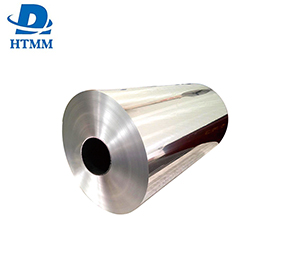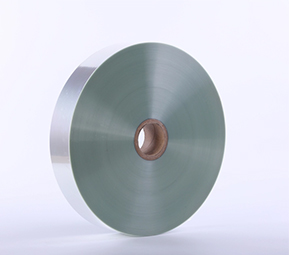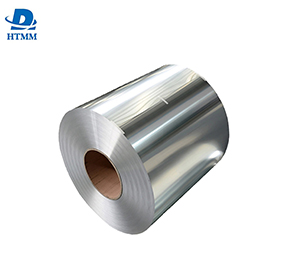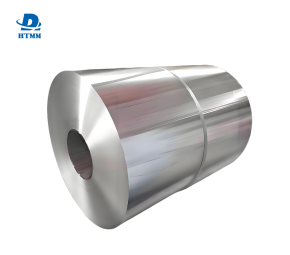So, what key role does aluminum foil play in flexible packaging solutions? The following factors need customers to pay attention to and understand.
.png)
What characteristics of flexible packaging aluminum foil make it the preferred material in the packaging industry?
Flexible packaging aluminum foil has become the preferred material in the packaging industry because of its various characteristics suitable for packaging. For the packaging industry, the most effective way to maximize the freshness and quality of products is to choose the right packaging material. Because it needs to be thin, moisture-proof, oxygen-proof, and UV-proof, flexible packaging aluminum foil is an excellent choice.
Lightweight: Reduce logistics costs
Confidentiality: Prevent oxidation and extend shelf life
Flexibility: Compatible with a variety of packaging structures
In addition, from the perspective of environmental protection and environmental protection, aluminum foil is recyclable, and many manufacturers attach great importance to this.
| Characteristic | Effect |
| Oxygen blocking | Prevent food spoilage |
| Moisture blocking | Maintains a crispy texture |
| light blocking | Prevents destruction of ingredients due to ultraviolet rays |
What are the selection criteria for flexible packaging aluminum foil specifications?
One of the most concerned issues for customers is "Which aluminum foil specification is suitable for my product?" Therefore, the specifications of flexible packaging aluminum foil must also be understood. Information such as aluminum foil width and aluminum foil thickness are the most concerned information for customers. The specifications of flexible packaging aluminum foil are determined according to the following factors:
Thickness: generally 6~20μm
Alloy (aluminum alloy): The main materials used are 1235, 8079, etc.
Soft (or O-tempered): Suitable for laminators and packaging machines
Typical examples of flexible packaging aluminum foil specifications:
| Alloy | Thickness | Width | Hardness |
| 1235 | 7μm–12μm | Customized to customer requirements | Soft (O) |
| 8079 | 9μm–20μm | Custom made | Soft (O) |
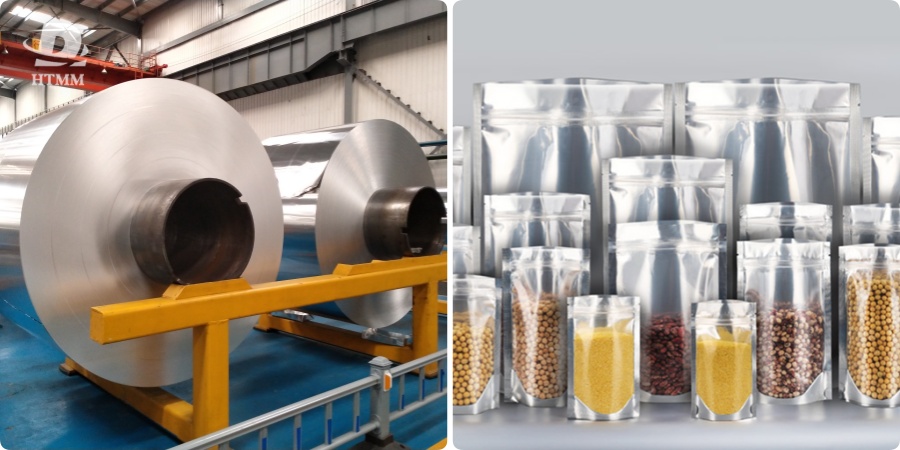
When choosing the specifications of flexible packaging aluminum foil, you should consider the overall characteristics of the product (aluminum foil thickness, width), packaging method, circulation environment, etc. A clear understanding of this information can help you make the most appropriate choice.
Which alloy can be selected for flexible packaging aluminum foil?
Flexible packaging aluminum foil materials should be selected according to different uses. The two most commonly used aluminum foil alloys are:
8079 flexible packaging aluminum foil
1235 flexible packaging aluminum foil
Features of 8079 flexible packaging aluminum foil:
Good tensile strength
Good chemical resistance
Suitable for pharmaceutical and high-end food packaging.
Features of 1235 flexible packaging aluminum foil:
Low economic cost
Suitable for mass consumer packaging and industrial packaging such as daily food, candy, tea bags, etc., and can be used as an insulating layer.
Convenient printing
By comparing and analyzing alloys 8079 and 1235, we can compare the advantages and provide customers with the best packaging material selection.
What advantages does flexible packaging aluminum foil have to keep food fresh?
Aluminum foil can protect the packaged products from external contamination and also plays an important role in other aspects.
Oxygen barrier effect: inhibit decay and rancidity
Water barrier effect: prevent moisture loss and maintain the original taste of food
Prevent odor transfer: odor will not leak outside the package or enter the inside of the package.
All of the above characteristics can be provided by aluminum foil packaging materials, which are especially important for packaging convenience foods, meat, seafood, etc.
Which is better for flexible packaging aluminum foil alloy 8079 and 1235?
When choosing packaging materials, customers are always hesitant about choosing aluminum foil alloy numbers, don't worry. The comparison table below clearly shows the differences between the two materials, you can choose as needed:
| Item | 8079 Aluminum Foil for Soft Packaging | 1235 Aluminum Foil for Soft Packaging |
| Mechanical strength | height | commonly |
| Elongation | excellence | commonly |
| Chemical resistance | excellence | Good |
| Printability | commonly | excellence |
| expense | relatively high | Economic |
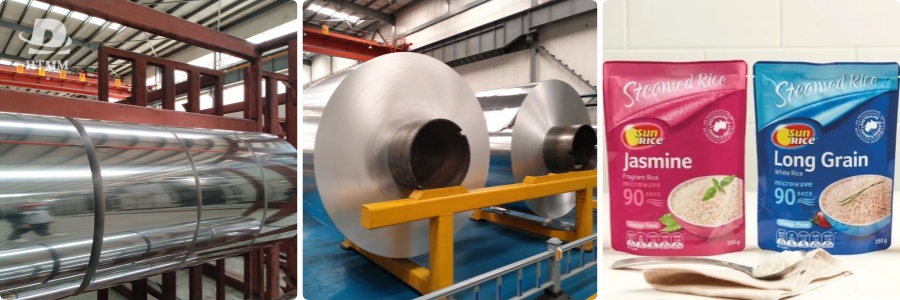
For high-end pharmaceuticals or vacuum packaging, 8079 aluminum foil can be used.
For mass consumer products or industrial product packaging, we recommend 1235 aluminum foil.
Whether it is 8079 aluminum foil or 1235 aluminum foil, they all meet the standards for flexible packaging aluminum foil. Please choose according to your final use.
What should customers check before purchasing flexible packaging aluminum foil?
Just as important as packaging performance is the stability and quality control of the supplier. Here are some things customers should check before purchasing aluminum foil:
Purity and alloy composition of aluminum raw materials
Is there an international quality certification (ISO, SGS, etc.)
Surface treatment condition (oiliness, smoothness)
Lamination and coating suitability
Packing method (core material, packaging, pallet, etc.)
Transportation method
Flexible packaging aluminum foil is not just a simple packaging material, but also a packaging material required by various packaging industries. For the rapidly developing packaging industry, this material has become an indispensable existence. For customers who are looking for flexible packaging materials, accurately selecting the flexible packaging aluminum foil specifications and determining the optimal flexible packaging aluminum foil material are the keys to improving your market competitiveness.

